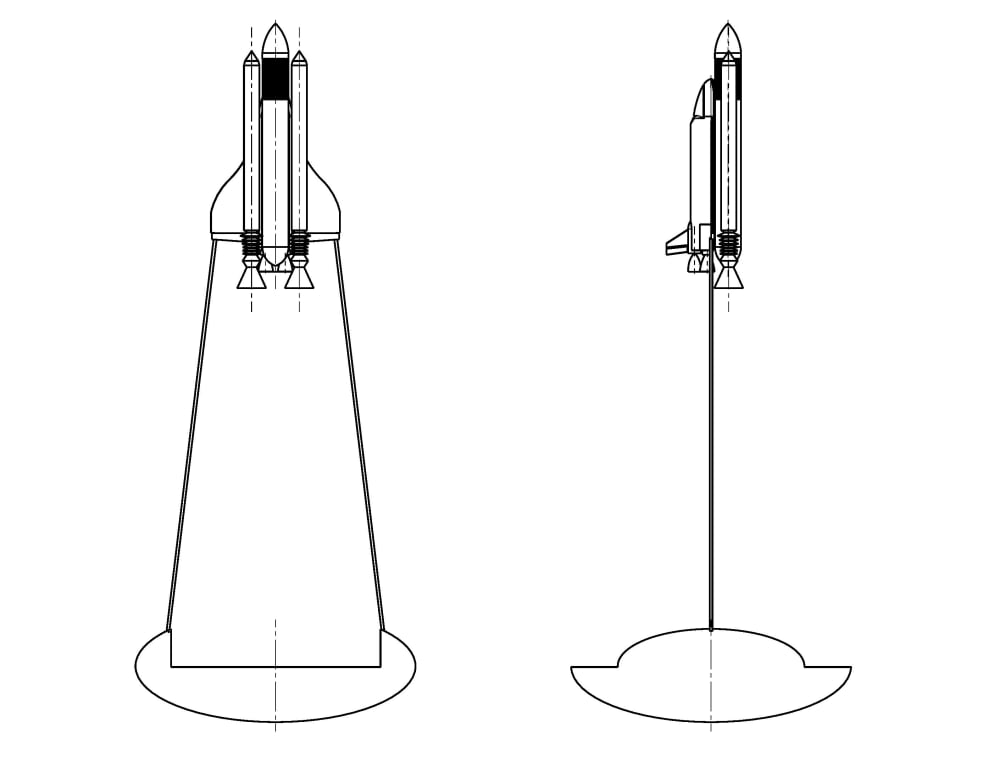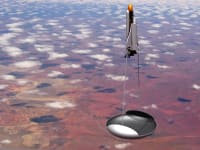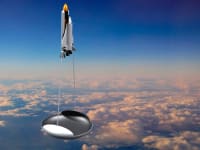Problem
According to resources, when a SpaceX Falcon heavy rocket blasts off on a plume of white smoke, hot gases shoot out of its 27 engines, creating a thrust of 1.7 million pounds at full power which is equal to 18 Boeing 747 aircraft. Upon reaching orbit, the world’s heaviest operational rocket will have burned about 400 metric tons of kerosene and emitted more carbon dioxide in a few minutes than an average car would in more than two centuries. The total carbon footprint from the kerosene and oxygen is around 1,115 tons; the annual carbon footprint of 278 average world citizens. Besides greenhouse gas pollution, kerosene-fueled rockets transport large amounts of black carbon, also known as soot, into the upper layers of the atmosphere. It remains there for a long time, creating an umbrella that may add to global warming.
Solution
This project is about building an inverted parachute installed at the bottom of a space rocket to capture the released black carbon from the combustion of Kerosene and oxygen. The distance between nozzle of the space rocket and canopy of the inverted parachute depends on engine performance of the space rocket; the more combustion of kerosene and oxygen, the higher the distance. If the inverted parachute is too close to the nozzle of the space rocket, the burning flame will destroy it and if the inverted parachute is too far from the space rocket, it cannot effectively capture the released black carbon in the atmosphere because of wind factor. For that reason the length of the suspension lines of the inverted parachute are adjustable at space rocket linkage by a rotary adjustment system which enables the inverted parachute to capture the released black carbon from the lower atmosphere all the way to upper because the pressure of the burning flame and Newton's Third Law will force the black carbon to stick to canopy of the inverted parachute. The only drawback from this mechanism is the drag by the parachute containing the captured black carbon which is a fraction of the thrust capacity of the rocket.
Like this entry?
-
About the Entrant
- Name:Anteneh Gashaw
- Type of entry:individual
- Software used for this entry:Catia V5
- Patent status:pending








